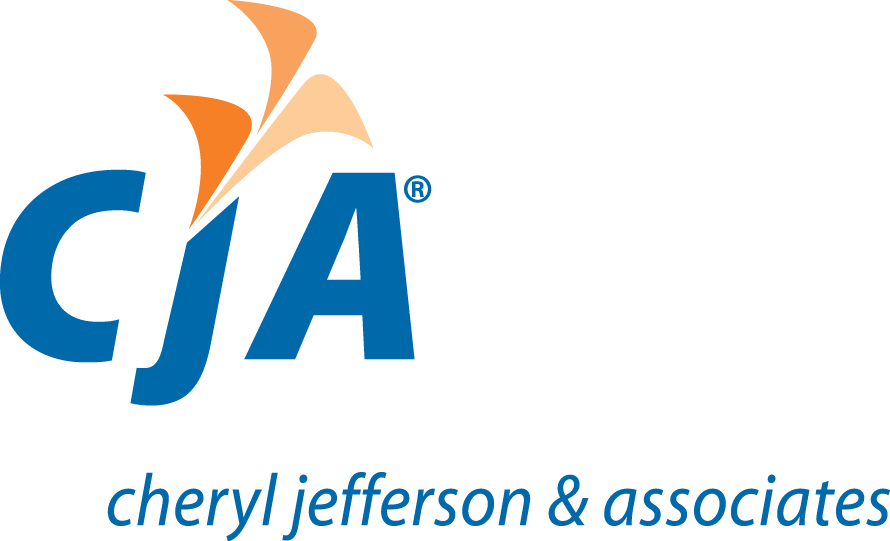Working capital is the difference between a company’s current assets and its current liabilities. Current assets include cash, inventory, receivables, and other assets which are expected to be turned into cash within one (1) year. Current liabilities include accounts payable, loans of one year or less, and other liabilities which are expected to be paid off within one year. Working capital is important because it allows management to see if the business is remaining solvent in accordance with its day-to-day operations.
What does this mean to a business?
Having working capital is crucial for a business because it impacts short-term operations and long-term goals. Working capital measures a company’s operational efficiency, and short-term financial health. If a company’s current assets do not exceed its current liabilities, it could go bankrupt. Positive Working capital indicates that a company can fund its current operations. On the other hand, high working capital is not always a good thing. It might indicate that the business has too much inventory or is not investing its excess cash. A business must be able to pay its vendors on time. If not, cash will need to be paid prior to cash being received. Also, if there is no adequate working capital, it can become difficult to receive loans from banks for expansion and growth. That is because the business would be considered a risky investment.
What can a business do/plan to increase working capital?
Some strategies a business can take to increase working capital are:
- Not financing fixed assets with cash. An alternative is using long-term loans or leasing fixed assets.
- Have a line of credit (LOC). Business owners will want to keep this to a minimum. It will only work for the very short-term and should not be the business’ main source of cash.
- Owners can loan personal money to the business. The related party loan will be recorded as a long-term liability.
- Replace short-term debt with long-term debt. This can help in the near term, but payments will still need to be made on the long-term debt.
- Issue more equity. Increases cash on hand.
Conclusion
Working capital is an essential part of a business and it is very important to manage it well for its success. There is no single formula that works for every business because every business is unique and has different necessities. If your business needs to maintain healthy working capital levels, we can help.
Originally contributed by Jamie M. Shryock, CPA
Updated and additional content provided by Takeshi Aida

